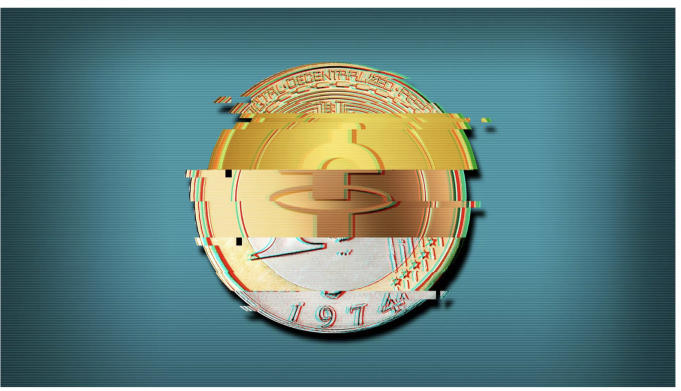Somewhere in Omaha, Warren Buffett and Charlie Munger must be smiling, as the upheaval in cryptocurrency punctuates their disdain for the sector.
Why it matters: Crypto’s been more of an undercard to what ails the broader market, but it’s slowly moving from undercard to a main event. A lot of small investors piled into crypto as the market boomed – money they may not be able to recover if they’re not ‘hodl-ing’ for the long-term.
Whether you agree or disagree with the Oracle of Omaha (he infamously called Bitcoin “rat poison”), one thing is for certain: these are grim days in crypto land.
What explains the downturn
The sector is getting roiled by similar, if not identical, dynamics that are driving stocks lower and bond yields higher (i.e. tighter monetary policy, higher rates), with selling pressures intensifying:
- Bitcoin is lodged at its lowest levels in a year at $30,000, off more than 50% from its peak hit last fall.
- Shares of Coinbase, the crypto trading platform, dived by 25% intraday, and are down over 80% from the IPO price.
- Terra (UST), a stablecoin meant to trade at parity with the dollar, is now trading significantly below that level. And Luna, caught in UST’s crossfire, is off a staggering 96%…on the day.
Zoom out: An alternative asset class once billed as an inflation hedge, crypto (in theory) should be thriving in an environment of high prices.
- In particular, Bitcoin was once promoted as a ‘safe-haven’ from what ails fiat money. But the sector now moves in near lock-step with risk-sensitive stocks, and are subjecting investors to the same speculative roller coaster hammering stocks.
Yes, but: All stablecoins are not created equal. USDC, a more prominent version backed by Circle, is still holding parity.
Thought bubble: Washington is still figuring out how to regulate crypto, and how to classify assets like stable
Somewhere in Omaha, Warren Buffett and Charlie Munger must be smiling, as the upheaval in cryptocurrency punctuates their disdain for the sector.
Why it matters: Crypto’s been more of an undercard to what ails the broader market, but it’s slowly moving from undercard to a main event. A lot of small investors piled into crypto as the market boomed – money they may not be able to recover if they’re not ‘hodl-ing’ for the long-term.
Whether you agree or disagree with the Oracle of Omaha (he infamously called Bitcoin “rat poison”), one thing is for certain: these are grim days in crypto land.
What explains the downturn
The sector is getting roiled by similar, if not identical, dynamics that are driving stocks lower and bond yields higher (i.e. tighter monetary policy, higher rates), with selling pressures intensifying:
- Bitcoin is lodged at its lowest levels in a year at $30,000, off more than 50% from its peak hit last fall.
- Shares of Coinbase, the crypto trading platform, dived by 25% intraday, and are down over 80% from the IPO price.
- Terra (UST), a stablecoin meant to trade at parity with the dollar, is now trading significantly below that level. And Luna, caught in UST’s crossfire, is off a staggering 96%…on the day.
Zoom out: An alternative asset class once billed as an inflation hedge, crypto (in theory) should be thriving in an environment of high prices.
- In particular, Bitcoin was once promoted as a ‘safe-haven’ from what ails fiat money. But the sector now moves in near lock-step with risk-sensitive stocks, and are subjecting investors to the same speculative roller coaster hammering stocks.
Yes, but: All stablecoins are not created equal. USDC, a more prominent version backed by Circle, is still holding parity.
Thought bubble: Washington is still figuring out how to regulate crypto, and how to classify assets like stablecoins, which some argue should be treated like a bank given their explosive growth. The lack of clarity raises questions about whether, if at all, investors can be made whole if Terra fails.Axios on facebookAxios on twitterAxios on linkedinAxios on email
coins, which some argue should be treated like a bank given their explosive growth. The lack of clarity raises questions about whether, if at all, investors can be made whole if Terra fails.Axios on facebookAxios on twitterAxios on linkedinAxios on email









